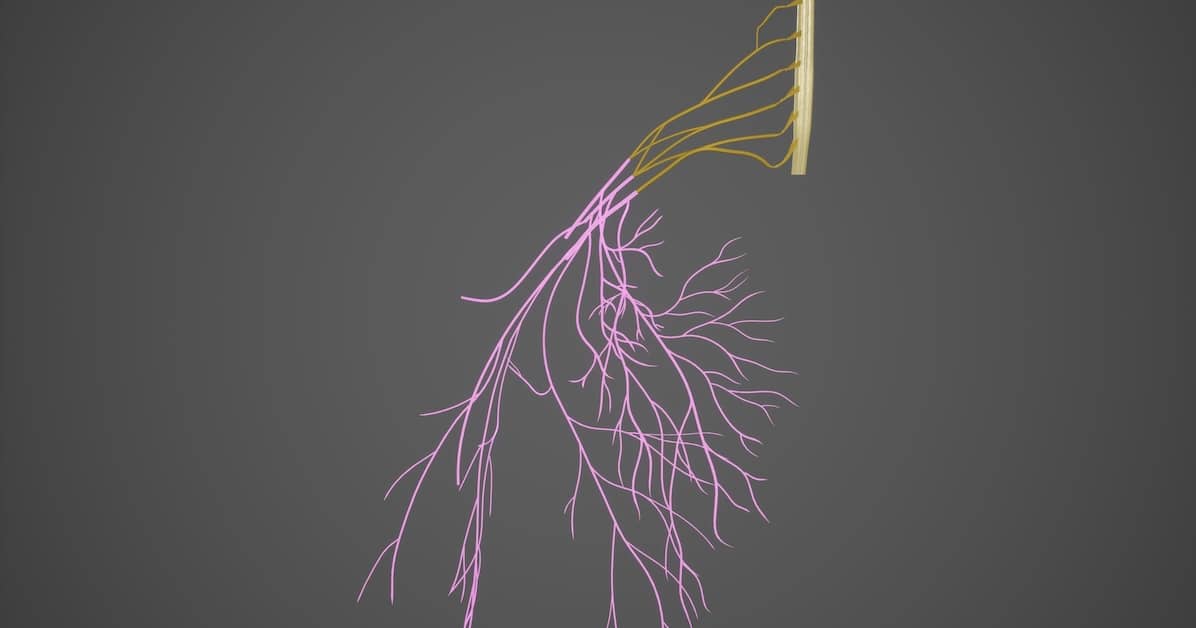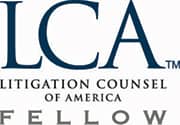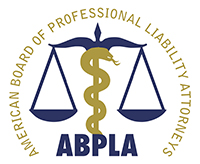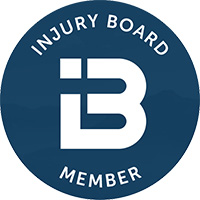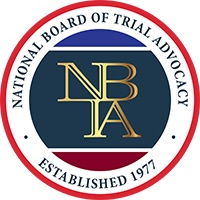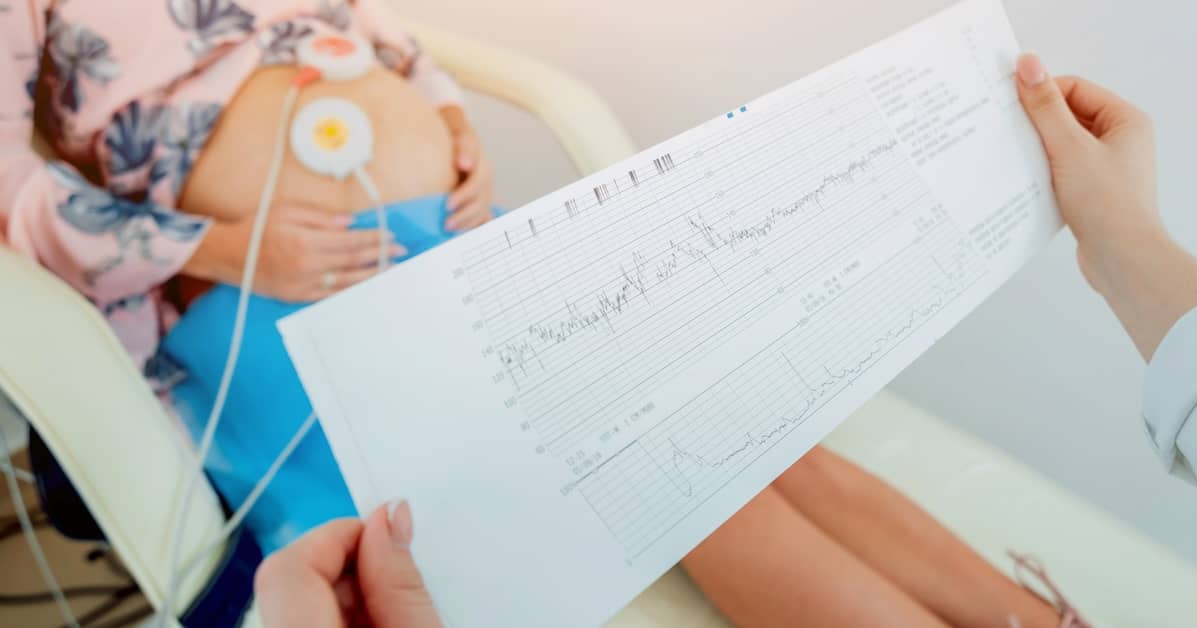
What are the Signs of Fetal Distress?
During labor and delivery, doctors, nurses, and hospital staff must monitor babies closely for signs of fetal distress. This includes electronic fetal monitoring during labor and delivery. If a pregnancy is classified as high-risk, extra care must be taken to watch for signs of fetal distress.
When a medical professional recognizes the signs of fetal distress, they must take swift action to prevent serious and deadly injuries from occurring. A delay in reaction to fetal distress can result in serious, potentially life-long consequences for the child. If your child suffered harm during labor or delivery and you suspect a failure to properly respond to signs of fetal distress played a role, talking to an experienced birth injury lawyer is a good way to understand your options and rights.
At Mandell, Boisclair & Mandell, we have been helping families seek compensation for harm caused by medical negligence for nearly 50 years. Dedicated to ensuring your rights are protected and your family receives the support you need, our compassionate birth injury attorneys can review your claim, explain your options, and help you choose the best way to proceed with your case.
Call Mandell, Boisclair & Mandell at 401-273-8330 to schedule a FREE and confidential case review with one of our lawyers today. Located in Providence, we serve all nearby areas of Rhode Island and Massachusetts.
What Is Fetal Distress?
Fetal distress includes signs that a fetus is not getting enough oxygen.
Signs of Fetal Distress
- Decreased Fetal Movement. During pregnancy, babies move around frequently. While some pauses in fetal activity are normal, if a baby does not move or becomes less active, it may be a sign of fetal distress.
- Abnormal Fetal Heart Rate. During contractions, the fetal heart rate is supposed to drop slightly and then quickly return to a normal baseline once the contraction is over. Variations of this may signify fetal distress. Babies with an abnormally high heart rate, an abnormally low heart rate, or deep continuing decelerations may be in distress.
- Abnormal Amniotic Fluid Levels. Too little amniotic fluid (oligohydramnios) and too much amniotic fluid (polyhydramnios) can be a sign of fetal distress. Abnormal levels of amniotic fluid may suggest that the baby is not receiving sufficient oxygen. It may also be an indication of problems with a baby’s digestive system or kidneys.
- Meconium-Stained Amniotic Fluid. Meconium is a baby’s stool. The presence of meconium in the amniotic fluid may indicate that a fetus has been stressed.
Recognizing signs of fetal distress early can help to protect the baby from serious complications such as brain damage. Healthcare professionals should—both during pregnancy and the labor and delivery process—use various tools and techniques to carefully monitor fetal health and safeguard the baby’s well-being.
Treating Fetal Distress
Your medical team is responsible for identifying fetal distress and making an appropriate medical decision on how to effectively prevent harm. When a doctor or medical professional recognizes the signs of fetal distress, swift action must be taken to prevent injury to the baby. This may include:
- Changing the Mother’s Position. A simple change in the mother’s position may improve blood flow to the baby.
- Administering Oxygen. Providing supplemental oxygen to the mother can boost the amount of oxygen available to the baby through the placenta.
- Aminofusion. Adding fluid to the amniotic sac can help to cushion the umbilical cord and relieve cord compression.
- Cesarean Delivery. An emergency C-section is one way to address signs of fetal distress, especially when other interventions are insufficient.
If healthcare professionals fail to make appropriate medical decisions when a baby is in fetal distress, the results can be disastrous. When a physician dismisses signs of fetal distress or negligently fails to monitor labor or a high-risk pregnancy appropriately, they can and should be held accountable for their negligence. If their negligence leads to a birth injury, you may be able to file a medical malpractice lawsuit seeking damages.
The experienced Rhode Island birth injury lawyers at our firm can help you obtain the money you need to pay for your child’s current and future medical expenses. While medical malpractice claims can be difficult to win, your chances of success are greater with the help of an experienced law firm on your side.
With close to five decades of experience, our attorneys leave no stone unturned when investigating medical negligence. Our firm is built on honesty, empathy, respect, and professionalism. We are dedicated to helping children and their families seek justice through swift and effective legal action.
Was Your Child Injured During Labor or Delivery?
When your baby has been injured because of a doctor’s or medical professional’s negligence, your whole world can come to a stop. Doctors and healthcare professionals have a responsibility to monitor for signs of fetal distress during the labor and delivery process. Failure to monitor appropriately and other types of medical negligence can lead to serious and fatal injuries. Victims of this type of negligence are entitled to hold the responsible party accountable and to seek compensation for all related damages. Mandell, Boisclair & Mandell is here to help.
To schedule a FREE consultation with one of our birth injury attorneys, contact Mandell, Boisclair & Mandell online or call our Providence office today. Serving Rhode Island and Massachusetts, our firm offers a No Fee Promise. If we take your case, we only get paid after securing compensation on your behalf. Reach out today for your cost-free case review to learn more about how our firm can help you seek the justice your family deserves.

